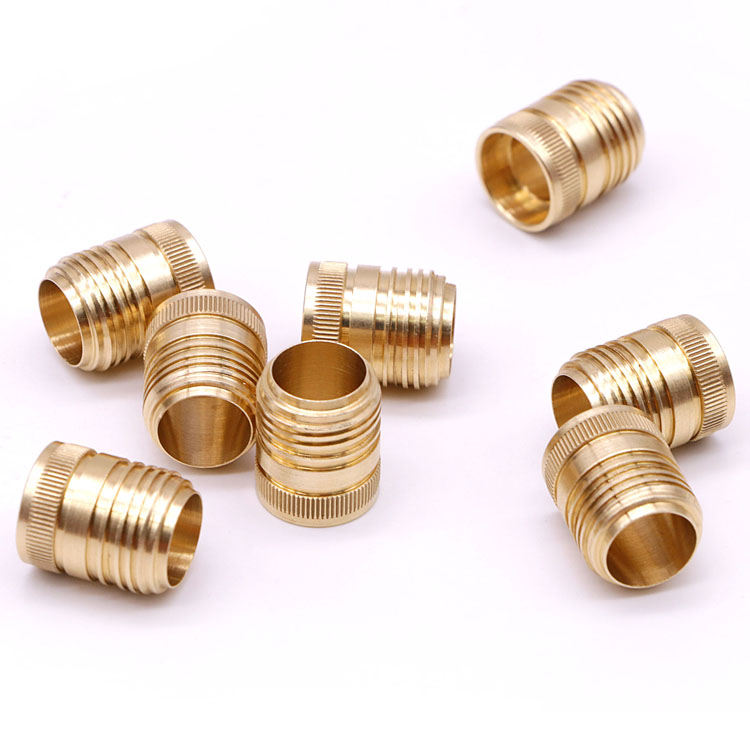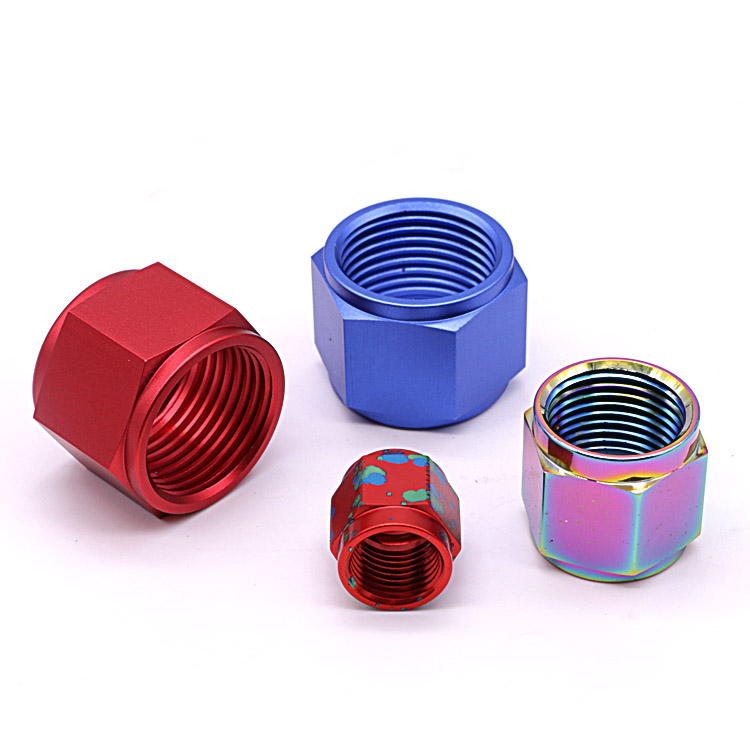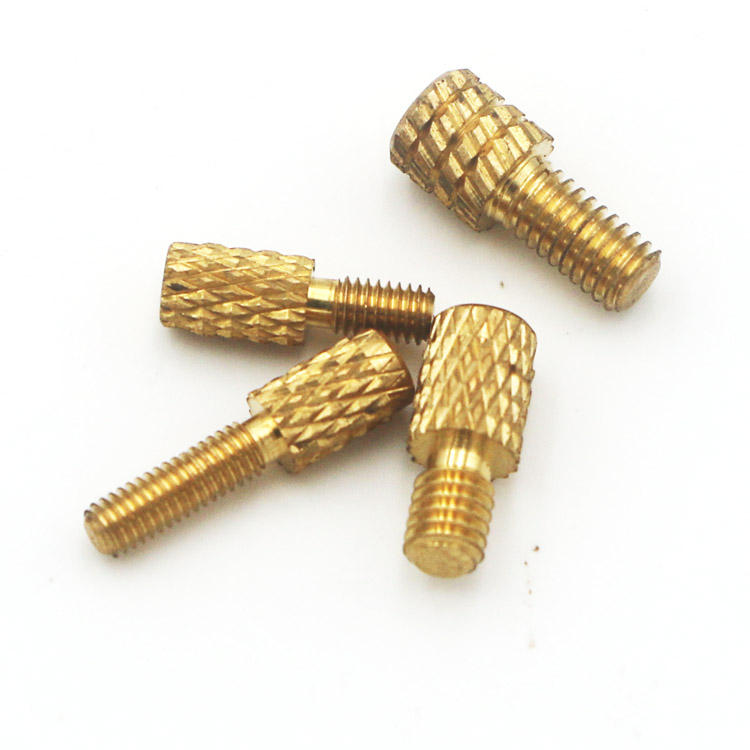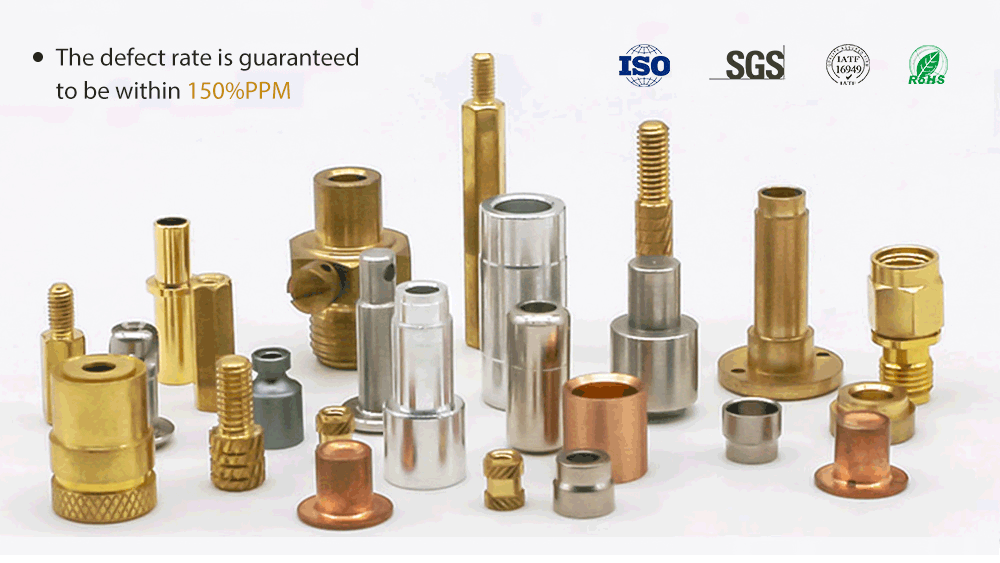VMT’s blogs aim to share our practical experience and knowledge accumulated during the manufacturing and product development process. Our goal is to use these articles to help you improve product design and increase your understanding of CNC machining, 3D printing, rapid prototyping, low-volume manufacturing, and surface treatment technologies. The information we provide is designed to provide actionable guidance and insights for your CNC machining projects.
The Difference Between Internal Thread and External Thread
As an indispensable element in mechanical connection, the precision and quality of thread are directly related to the overall performance and reliability of the product. Driven by CNC machining technology, thread machining has achieved unprecedented precision and efficiency. This article will explore the differences between internal and external threads, including their definitions, advantages and disadvantages, and applications.

What are Machined Threads?
Before understanding internal and external threads, you need to understand what machined threads are.
Machined threads refer to continuously raised parts with a specific cross-section and a spiral shape produced by machining on the surface of a cylindrical or conical body. These raised parts are called “teeth” of the thread, and their shape and size are determined according to standards and design requirements. This process is widely used in many fields such as machinery manufacturing, automobiles, aviation, and ships.
What is an Internal Thread?
Internal thread is a spiral thread structure, which is located on the inside of a hole and corresponds to the outer diameter of the thread. The internal thread is usually used to connect two parts with a thread structure to ensure a tight connection and fixation between them.

What is an External Thread?
External threads are continuous protrusions with a specified tooth shape formed along a spiral line on a cylindrical or conical surface. These protrusions, also known as tooth peaks, are the solid part of the thread. External threads are usually engraved directly on the external surface of the part, such as the threads on bolts and plugs.

What are the Main Differences Between Internal and External Threads?
The main differences between external threads and internal threads are position, shape, characteristics, and processing methods.
Position: Internal threads are threads distributed on the inner surface of the parent body, that is, at the bottom of the tooth groove. External threads are threads machined on the outer surface of a cylinder or cone and are directly engraved on the outer surface.
Shape and characteristics: The shape of the internal thread has a certain adaptability to specific applications, and flattening or rounding is acceptable. The cross-sectional shape of the internal thread can be divided into V-shaped, serrated and U-shaped. The external thread has a specific helix angle, so that the two sides of the thread form an inclined surface. The structure of the external thread is relatively simple, easy to process and stable transmission.
Machining method:
Common tools for machining internal threads are taps and milling cutters. Tap machining cuts threads on the hole wall through rotation and feed motion; while milling processing uses the spiral interpolation function of the CNC machine tool to complete the milling of threads by rotating the milling cutter in the hole and feeding along the axial direction.
The methods of machining external threads include turning, rolling and grinding. These methods can achieve highly automated and precise processing under the precise control of CNC machine tools, ensuring the dimensional accuracy, surface quality and consistency of the external threads.
In addition, the application scenarios and matching methods of internal threads and external threads are also different.
What are the Main Parameters That Represent Threads?
Major diameter: The maximum diameter of a thread, also called the nominal diameter or outer diameter. This is the basic dimension between the mating surfaces when threading.
Minor diameter: The minimum diameter of a thread, also called the bottom diameter. This is the diameter of the bottom circle of the thread teeth.
Pitch diameter: The pitch diameter of a thread is an imaginary cylindrical diameter whose generatrix passes through the place where the width of the groove and the protrusion on the tooth profile are equal. The pitch diameter is the most important one among the thread geometric parameters because it directly affects the thread’s screwing strength, screwing length and fit accuracy.
Pitch: The axial distance between the corresponding points of two adjacent thread teeth. The pitch indicates the density of the thread. The smaller the pitch, the denser the thread, and vice versa.
Lead: The axial distance between the corresponding points of two adjacent threads on the same helical line. For single-thread, the lead is equal to the pitch; for multi-thread, the lead is the product of the pitch and the number of threads, that is, S=nP, where n is the number of threads.
Thread lead angle: This is the angle between the tangent of the helix and the plane perpendicular to the thread axis. The thread lead angle is related to the lead and the pitch diameter, and its size affects the transmission efficiency and self-locking performance of the thread.
Thread angle: The angle between the two sides of the thread profile. Common thread angles include 60°, 55°, etc. Different thread angles are suitable for different applications and thread types.
What are the Different Types of Threads?
There are many types of threads, which can be divided into many types according to different standards.
TriangularThread:
Mainly used for connection, with a triangular thread shape, it is one of the most widely used thread types. Common types include ordinary thread , pipe thread, etc.
Trapezoidal Thread:
The thread type is trapezoidal, mainly used to transmit motion and power, and can transmit bidirectional power. The code Tr, such as Tr20×8(P4), represents trapezoidal thread, nominal diameter 20, double line, lead 8, pitch 4.
Rectangular Thread:
The tooth profile is rectangular and has higher transmission efficiency, but the manufacturing difficulty and cost are also relatively high.
Arc Thread:
The tooth profile is arc-shaped and has certain sealing performance. It is often used in situations where sealing is required.
Advantages and Disadvantages of Internal and External Threads.

Advantages of Internal Threads:
Good sealing performance: The internal thread can provide good sealing performance, especially when matched with the corresponding external thread, through the close contact between the threads, it can effectively prevent the leakage and seepage of liquids, gases and other substances.
High fixation reliability: The internal thread adopts a spiral structure with a small gap between the threads, which can effectively increase the contact area of the connector, thereby improving the reliability of fixation. This structure makes the internal thread more stable when subjected to tension and shear force.
High connection efficiency: The connection method of internal thread is simple, no additional accessories and seals are required, and the sealing effect can be achieved while achieving connection, which greatly improves work efficiency. In addition, the machining of internal thread is usually carried out by CNC machine tools with high processing accuracy, which further ensures the firmness and reliability of the connection.
Disadvantages of internal Threads:
Due to the structural characteristics of the internal thread, its strength is relatively low and it is easy to break and damage. This is mainly because the size of the internal thread is small and it is easy to produce stress concentration when subjected to external force.
Advantages of External Threads:
Provide sufficient friction: The protrusion structure of the external thread can provide sufficient friction, so that the connector is not easy to loosen or fall off when subjected to external force. This self-locking performance improves the stability and reliability of the connection.
Convenient disassembly and replacement: External threaded connectors usually have better disassembly and replacement performance, which can be easily repaired and replaced. This reduces maintenance costs and improves work efficiency.
High strength and load capacity: The design and manufacturing capabilities of external threads give them relatively high strength and load capacity, and they can withstand large external forces and performance requirements. This makes external threads widely used in mechanical, electrical and other fields.
Disadvantages of external threads
Compared with internal threads, the sealing performance of external threads is relatively poor. This is mainly because the gap of external threads is large and it is difficult to form an effective sealing surface. Therefore, in situations where high sealing performance is required, additional seals are usually required to compensate for this defect.
Applications of internal and external threads?
Internal Thread Applications:
Internal threads are widely used in automobile manufacturing, mechanical engineering, agricultural machinery and household appliances to ensure precise docking of engines, gearboxes and other components, guarantee stable operation of equipment, improve the performance of agricultural machinery, and cooperate with external threads to achieve tightening and sealing to prevent leakage.
Application of External Thread:
External threads are crucial in mechanical equipment, automobiles, buildings and piping systems. As components such as bolts and nuts, they ensure stable connections and improve operation and driving safety. In building materials, steel bars, steel pipes, etc. are often connected with external threads to promote coordination between components and are used for fixing building decorations. At the same time, it is also used in transmission devices to achieve power transmission and conversion.
In Conclusion
Internal and external threads show different characteristics and application scenarios in CNC machining. By deeply understanding the difference between the two and their specific manifestations in the machining process, we can better select and apply appropriate machining methods and technical means to meet the needs of different products.
Choose VMT and you will get personalized one-to-one engineering support. Our professional engineers will work closely with you to provide structural design optimization suggestions based on your specific needs and assist you throughout the process to determine the most suitable CNC machining technology for threaded parts. We are committed to ensuring that your production and machining needs are met and delivered on time at reasonable service prices combined with efficient production processes. Contact us now for more practical information.
Frequently Asked Questions About Internal Thread and External Thread
How to Identify Internal and External Threads?
To identify internal and external threads, one should mainly observe their position and shape: internal threads are located inside the part and are recessed inwards, while external threads are located outside the part and are protruding outwards. In addition, in some standards, thread codes such as H represent internal threads and g represent external threads, but the specific marking method varies depending on the standard.
Which Thread Type is Stronger?
It is not possible to generalize which thread type is stronger, because the strength of the thread depends on many factors, including the thread type, material, processing accuracy, usage conditions, etc.
How to Measure Thread Count?
The number of threads is usually measured by directly measuring the pitch with a thread micrometer, or indirectly measuring the mean diameter using the three-needle method and then calculating. Image measuring equipment can also be used to automatically identify the thread profile and quickly obtain data. These methods each have their own advantages and are suitable for different scenarios.



